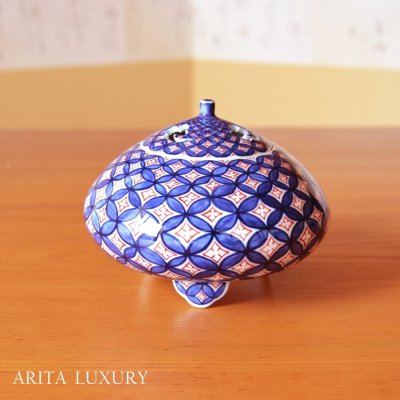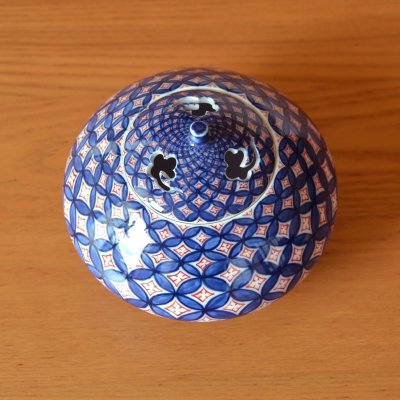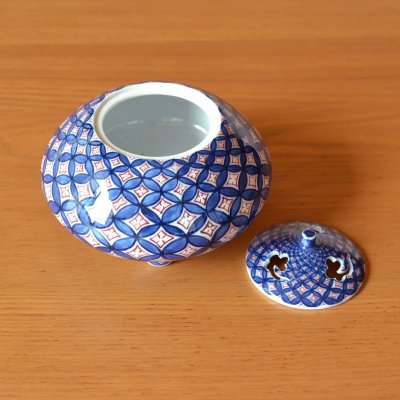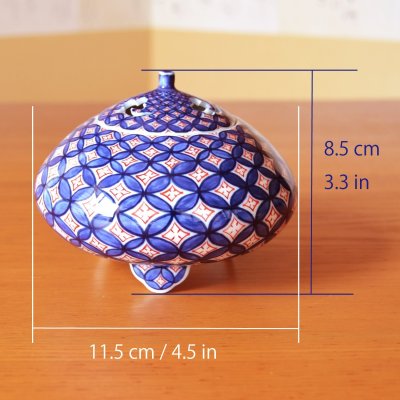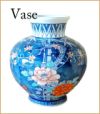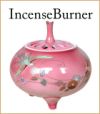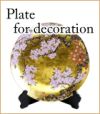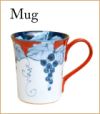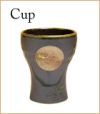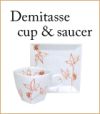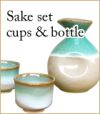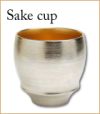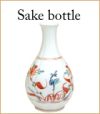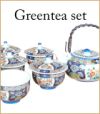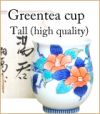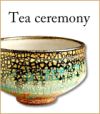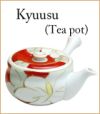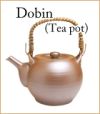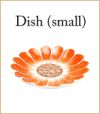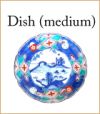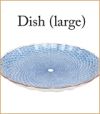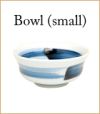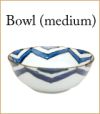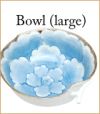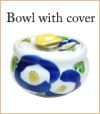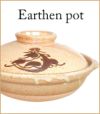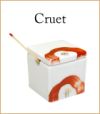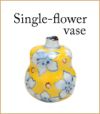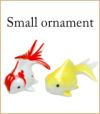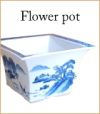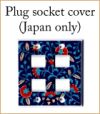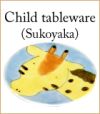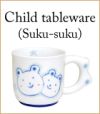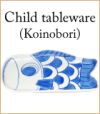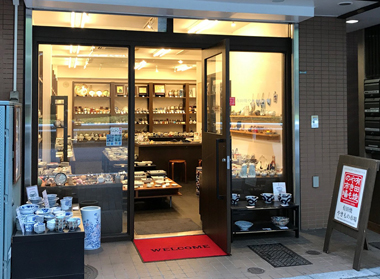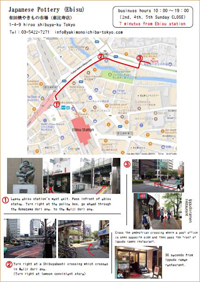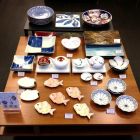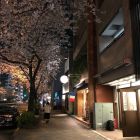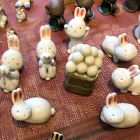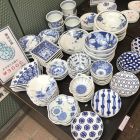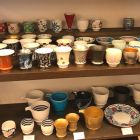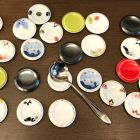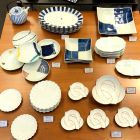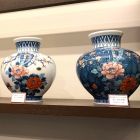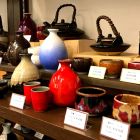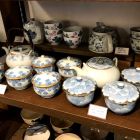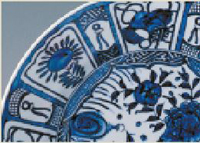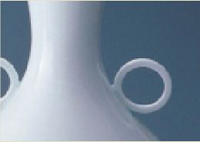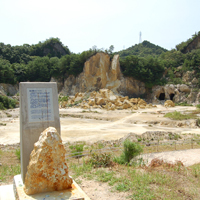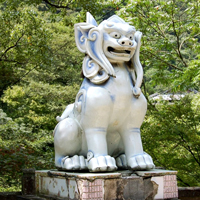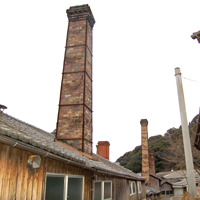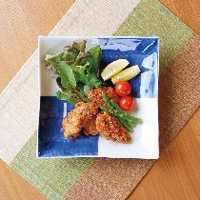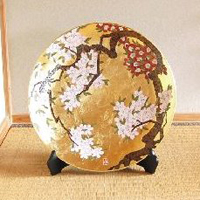Incense burner Shippou | Fukuji Kitamura Traditional Craftsperson work [264010]
Incense burner Shippou | Fukuji Kitamura Traditional Craftsperson work
[264010]
Price: 77,000JPY
Weight: 600g
Low stock
[size]
Width: 11.5cm / Height: 8.5cm
Width: 4.5in / Height: 3.3in
-----------------------
This is a work by Fukuji Kitamura, a leading master in the art of Arita ware.
Mr. Kitamura, a certified traditional craftsman of overglaze decoration, has long embodied both the tradition and innovation of Arita ware. Although he has now stepped back from the forefront, his creations continue to fascinate many people. His artistry, shaped by refined technique and a unique sensibility, can truly be described as a crystallization of beauty that transcends time.
This piece is an Arita ware incense burner fully adorned with the distinguished shipp? (seven treasures) motif. Shipp?-tsunagi is a traditional Japanese geometric pattern consisting of interlinked circles that extend endlessly in all directions. The term shipp? refers to the “seven treasures” mentioned in Buddhist scriptures?gold, silver, lapis lazuli, crystal, coral, agate, and others?symbolizing beauty, value, and auspiciousness. The continuous circle motif is also associated with harmony, perfection, and enduring connections.
In this work, the hand-painted shipp? design, with deep indigo outlines accented by touches of vermilion, elegantly enhances the vessel’s softly rounded form. The lid is decorated with openwork, allowing the fragrance of incense to rise gracefully. While it can be used as a functional incense burner, it also serves as a refined decorative object or interior accent in contemporary spaces.
With a compact size of 8.5 cm in height and 11.5 cm in diameter, it blends seamlessly into both Japanese and Western-style rooms. Bringing the auspicious beauty and refinement of the shipp? motif into your home, this piece offers both elegance and timeless charm.
[Potter Profile]
Fukuji Kitamura
Designated Traditional Craftsman
A recognized master of overglaze painting in porcelain
Now retired at over 90 years old; resides in Arita, Saga Prefecture
An overglaze painter is the one who brings life to the pristine white surface of porcelain.
Using a single brush, the artisan breathes color into the vessel, transforming it from mere pottery into a vivid, living work of art. With intricate composition, unwavering brushstrokes, and a sensitivity embedded in each hue, Kitamura’s artistry elevates porcelain to the realm of fine art.
His mastery shines through in every piece and leaves a lasting impression across time.
Born in Arita, Saga Prefecture in 1932
Entered the field of ceramics after World War II
Founded the Kitamura Overglaze Studio at the age of 30
Certified as a Traditional Craftsman of Arita Ware in 1990
Appointed Chairman of the Saga Prefecture Overglaze Painting Cooperative in 1991
Held solo exhibitions in Ginza (Tokyo) and throughout Fukuoka Prefecture from the 1990s onward
Among his most representative works is the grand series of decorative plates themed on the "Fifty-three Stations of the Tokaido," consisting of a total of 55 pieces.
Width: 11.5cm / Height: 8.5cm
Width: 4.5in / Height: 3.3in
-----------------------
This is a work by Fukuji Kitamura, a leading master in the art of Arita ware.
Mr. Kitamura, a certified traditional craftsman of overglaze decoration, has long embodied both the tradition and innovation of Arita ware. Although he has now stepped back from the forefront, his creations continue to fascinate many people. His artistry, shaped by refined technique and a unique sensibility, can truly be described as a crystallization of beauty that transcends time.
This piece is an Arita ware incense burner fully adorned with the distinguished shipp? (seven treasures) motif. Shipp?-tsunagi is a traditional Japanese geometric pattern consisting of interlinked circles that extend endlessly in all directions. The term shipp? refers to the “seven treasures” mentioned in Buddhist scriptures?gold, silver, lapis lazuli, crystal, coral, agate, and others?symbolizing beauty, value, and auspiciousness. The continuous circle motif is also associated with harmony, perfection, and enduring connections.
In this work, the hand-painted shipp? design, with deep indigo outlines accented by touches of vermilion, elegantly enhances the vessel’s softly rounded form. The lid is decorated with openwork, allowing the fragrance of incense to rise gracefully. While it can be used as a functional incense burner, it also serves as a refined decorative object or interior accent in contemporary spaces.
With a compact size of 8.5 cm in height and 11.5 cm in diameter, it blends seamlessly into both Japanese and Western-style rooms. Bringing the auspicious beauty and refinement of the shipp? motif into your home, this piece offers both elegance and timeless charm.
[Potter Profile]
Fukuji Kitamura
Designated Traditional Craftsman
A recognized master of overglaze painting in porcelain
Now retired at over 90 years old; resides in Arita, Saga Prefecture
An overglaze painter is the one who brings life to the pristine white surface of porcelain.
Using a single brush, the artisan breathes color into the vessel, transforming it from mere pottery into a vivid, living work of art. With intricate composition, unwavering brushstrokes, and a sensitivity embedded in each hue, Kitamura’s artistry elevates porcelain to the realm of fine art.
His mastery shines through in every piece and leaves a lasting impression across time.
Born in Arita, Saga Prefecture in 1932
Entered the field of ceramics after World War II
Founded the Kitamura Overglaze Studio at the age of 30
Certified as a Traditional Craftsman of Arita Ware in 1990
Appointed Chairman of the Saga Prefecture Overglaze Painting Cooperative in 1991
Held solo exhibitions in Ginza (Tokyo) and throughout Fukuoka Prefecture from the 1990s onward
Among his most representative works is the grand series of decorative plates themed on the "Fifty-three Stations of the Tokaido," consisting of a total of 55 pieces.
 |
Import duties, taxes, and charges are not included in the item price or shipping cost. When a duty occurs, you are responsible for paying Customs Duties. |
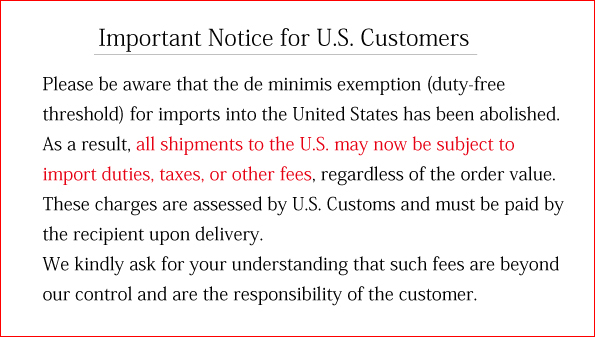 |
 |
Source: www.exchange-rates.org
